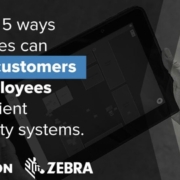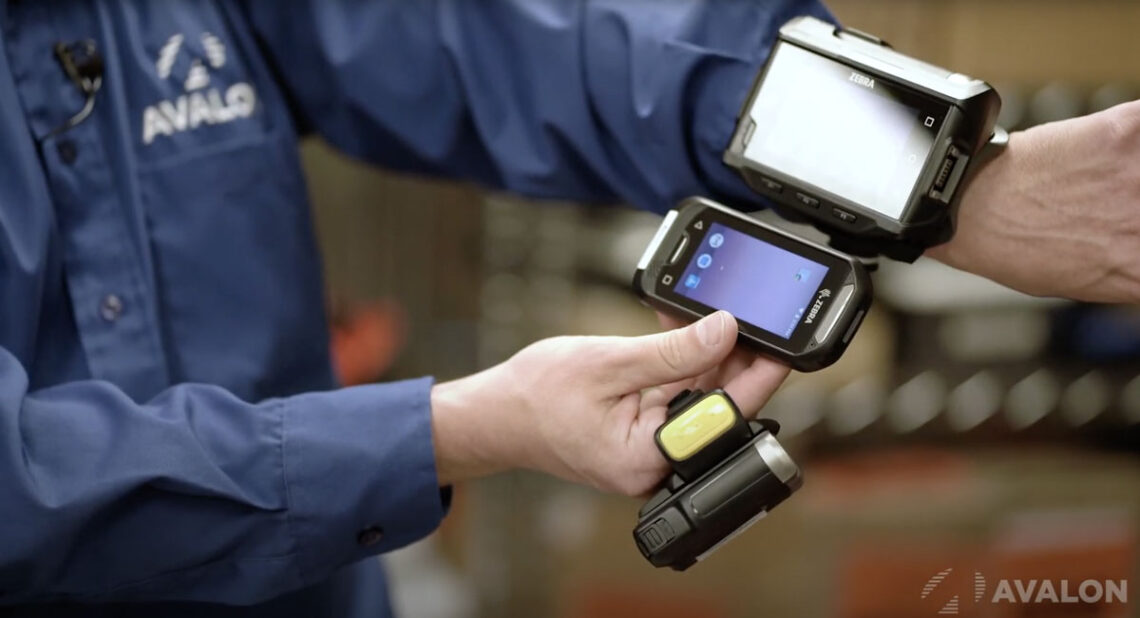The concept “if it’s not broke, why fix it” does not apply to efficient warehousing. While legacy systems can provide comfortable workflows, prioritizing outdated familiar systems can supplant streamlined operational intelligence, which is crucial to remain competitive in today’s now-economy. Despite the several modernized technologies offered by today’s top technology manufacturers, at least 90% of global organizations still rely on some form of paper-based data processing. As more warehouses make the switch to automated workflows, it’s time to revisit outdated habits still present in most modern-day warehouses.
Operating within dynamic supply chains, the following five warehousing habits can actually produce more harm than good as demands continue to increase.
- Printed picking lists – Printed picking lists require employees to handle two things at once and can’t be readily updated in real-time. As faster order fulfillment becomes a global standard, hands-free systems can direct picking while updating orders in real-time, all without requiring your team to keep looking down.
- Relying on centralized printing stations – High-density areas are no longer preferable in the post-pandemic world as they can increase exposure risks and cause bottlenecks. In place of centralized stations, consider mobile workstations and mobile printers to diffuse printing power throughout your warehouse.
- Keying in data in the receiving dock – To prevent errors from entering your operating from the start, automated data capture and RFID can certify your incoming inventory is properly identified as soon as it enters the warehouse and moved to the appropriate storage space.
- Overlooking battery cycles at the end of each shift – As more tasks depend on mobile devices, verifying devices are fully changed is crucial to mitigating sudden downtime in the middle of your workday. The more devices deployed, the more careful your battery management efforts must be to make sure all devices are properly stored and charged between shifts.
- Integrating consumer-grade hardware – Research has shown that consumer devices are three to five times more likely to break within the first year of deployment, causing downtime and surprise expenses. On the other hand, enterprise-grade devices not only survive tough conditions, but they are also equipped with faster processing power and more memory storage to keep up with your operations.
Enter the digital age with a new standard for efficient warehousing
To facilitate your transition into the digital age, Avalon continues to partner with Zebra Technologies in the GO Zebra Trade-In Program. Built to eliminate the bad habits discussed above, Zebra’s enterprise-grade hardware substitute legacy systems with:
- Hands-free picking systems enabled by adaptable wearable technology
- Mobile printers with longer battery life, easy tap-to-pair, and RFID printing capabilities
- Intelligent and long-range data capture that can scan multiple codes at once, accelerating throughout without impacting accuracy
- Device management and tracking applications deployed on your devices for maximum visibility of your digital fleet’s performance
- Industrialized durability that endures extreme temperatures, drops, tumbles, condensation, humidity, and scratches all without impacting functionality
Trade-in outdated devices from any manufacturer with the GO Zebra Trade-in Program before December 31st, 2021 and get up to $650 in cash rebates per upgraded device. Download our program details to see how you can qualify.
Facing a multitude of unpredictable demands, your operations don’t have to settle for comfortable inefficiencies. Contact us today for a free assessment of your workflows to see how you can expect a bigger ROI when you eliminate bad warehousing habits.




